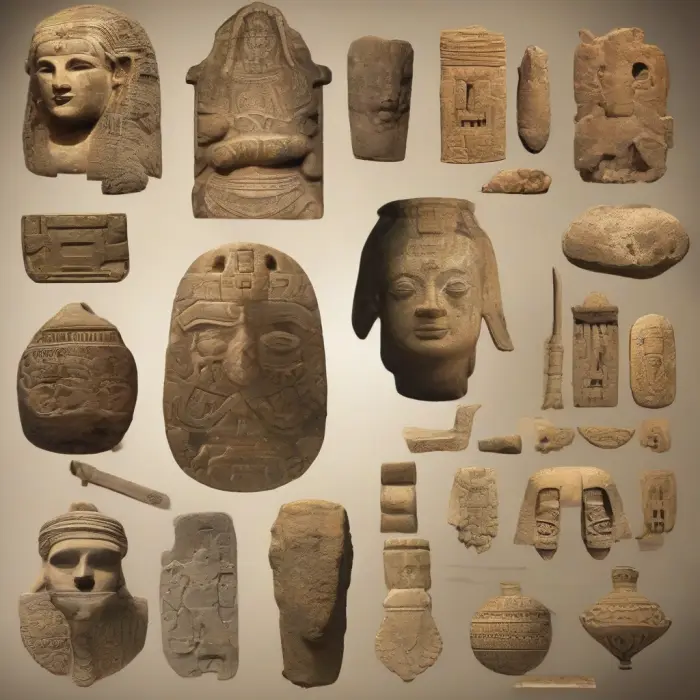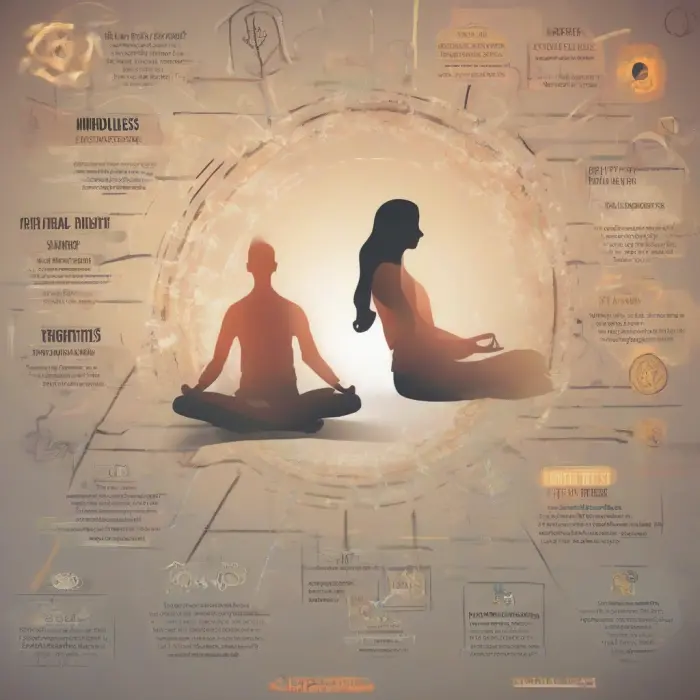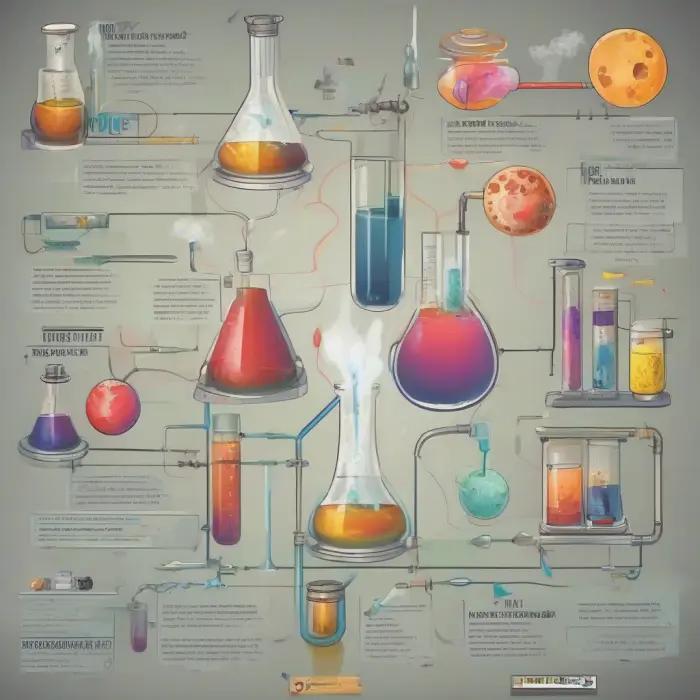Strange and Surprising Facts About the World of Quantum Entangagement
Among the many fascinating quirks of quantum mechanics, Quantum Entanglement is perhaps the most intriguing.
What is Quantum Entanglement?
Quantum Entanglement is a phenomenon that connects two particles in such a way that the state of one instantly influences the state of the other, no matter how far apart they are. This phenomenon deeply challenges our understanding of the world and the way we perceive space and time. Let's dive into some of the strange and surprising facts about Quantum Entanglement.
1. Instantaneous Connection
The entanglement between particles is instantaneous. This means that changes to the state of one particle will immediately affect the other particle, regardless of the distance between them. This phenomenon seems to violate Einstein's theory of relativity, which states that nothing can travel faster than light. Yet, in the quantum world, this rule does not apply. This peculiar fact has led Einstein to famously refer to quantum entanglement as "spooky action at a distance".
2. Loop Quantum Gravity and Quantum Entanglement
In the realm of theoretical physics, some scientists suggest that the fabric of spacetime itself might be a result of quantum entanglement. This idea, called Loop Quantum Gravity, proposes that the building blocks of spacetime are tiny, loop-like structures that are interconnected through quantum entanglement. If true, this could revolutionize our understanding of the universe.
3. Applications in Teleportation
Quantum entanglement has fascinating implications for teleportation. Now, don’t imagine Star Trek-style teleportation platforms just yet. Quantum teleportation does not transport matter, but information. Scientists have successfully used quantum entanglement to transfer the state of one atom to another over a distance, effectively teleporting the atom’s state. Though still in a nascent stage, this technology could significantly impact fields like computing and communication in the future.
4. Quantum Entanglement and Consciousness
Some scientists, like the famed physicist Roger Penrose, suggest that the complex phenomenon of human consciousness could be connected to quantum mechanics, particularly quantum entanglement. This Theory, known as Orchestrated Objective Reduction (Orch-OR), proposes that microtubules within brain neurons have quantum processing abilities, creating quantum states responsible for consciousness. While intriguing, this theory is still under debate.
5. Uncertainty Principle and Entanglement
According to the Heisenberg uncertainty principle, one cannot simultaneously know both the position and momentum of a particle. This ambiguity extends to pairs of entangled particles too. If you attempt to measure both properties of one particle, it will affect the corresponding measures of the other particle. Hence, the uncertainty principle plays a crucial role in maintaining entanglement.
In the curious world of Quantum Entanglement, nothing is as it seems. The interconnectedness it proposes, the speed at which it operates and its potential applications make it one of the most fascinating aspects of quantum physics. As our understanding of the quantum world deepens, who knows what other surprises we might uncover?










